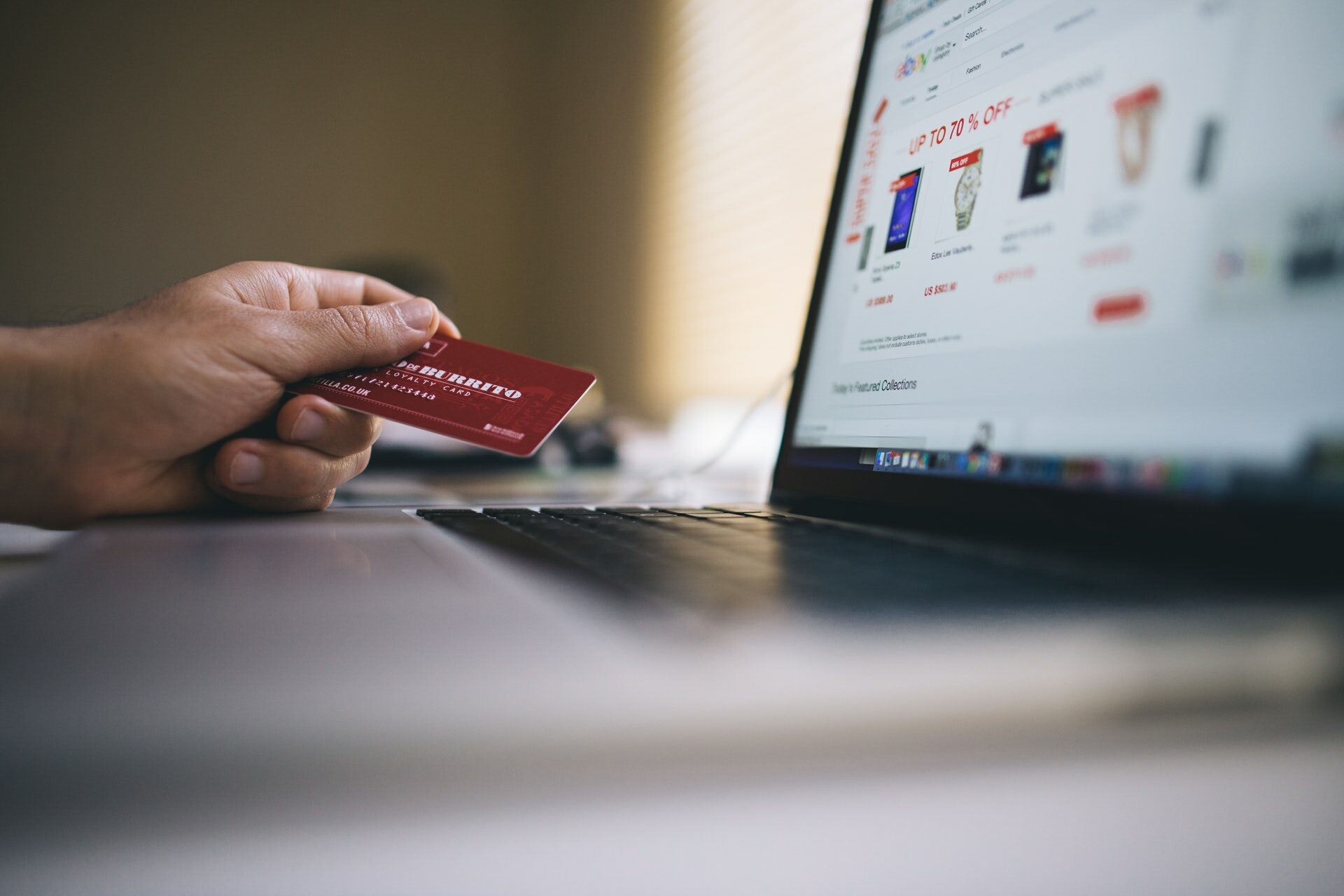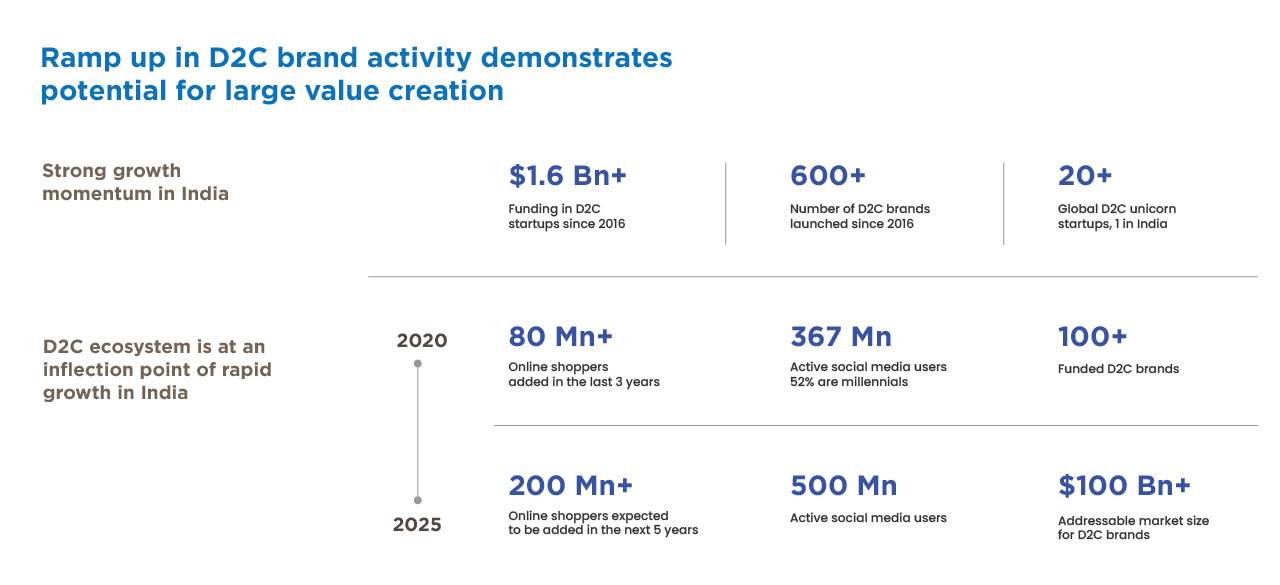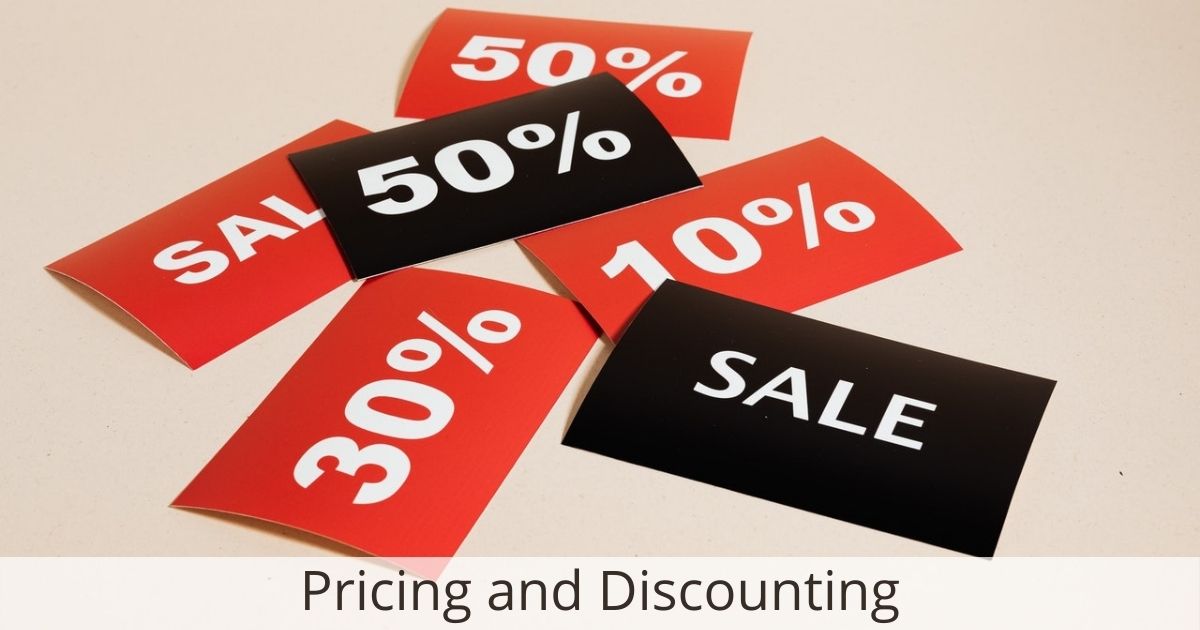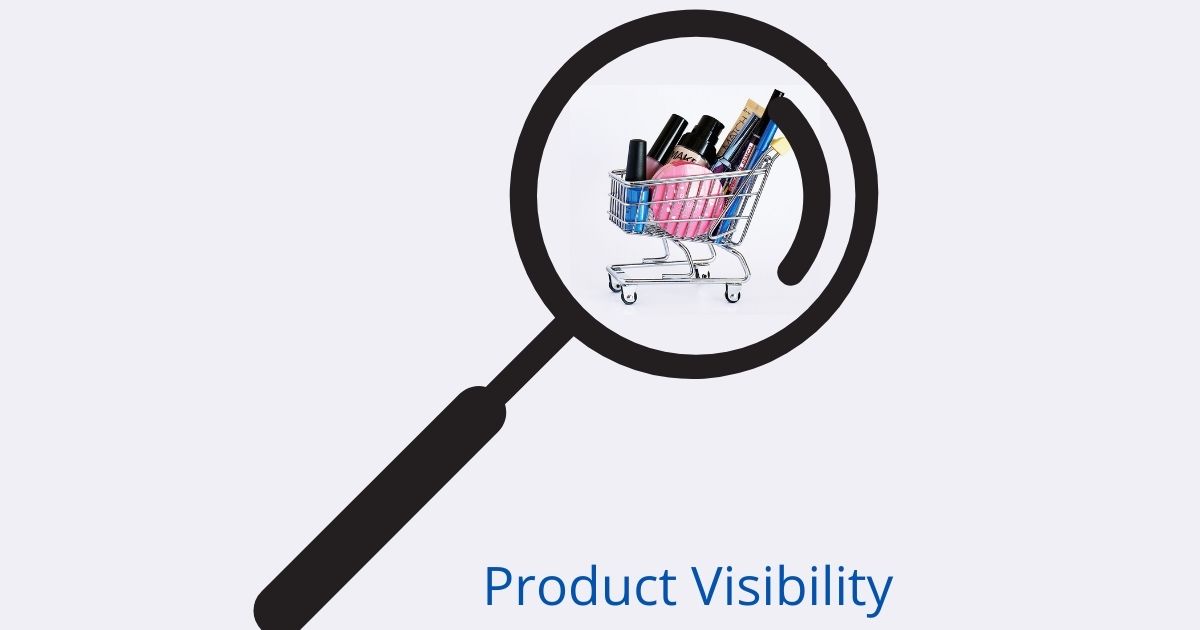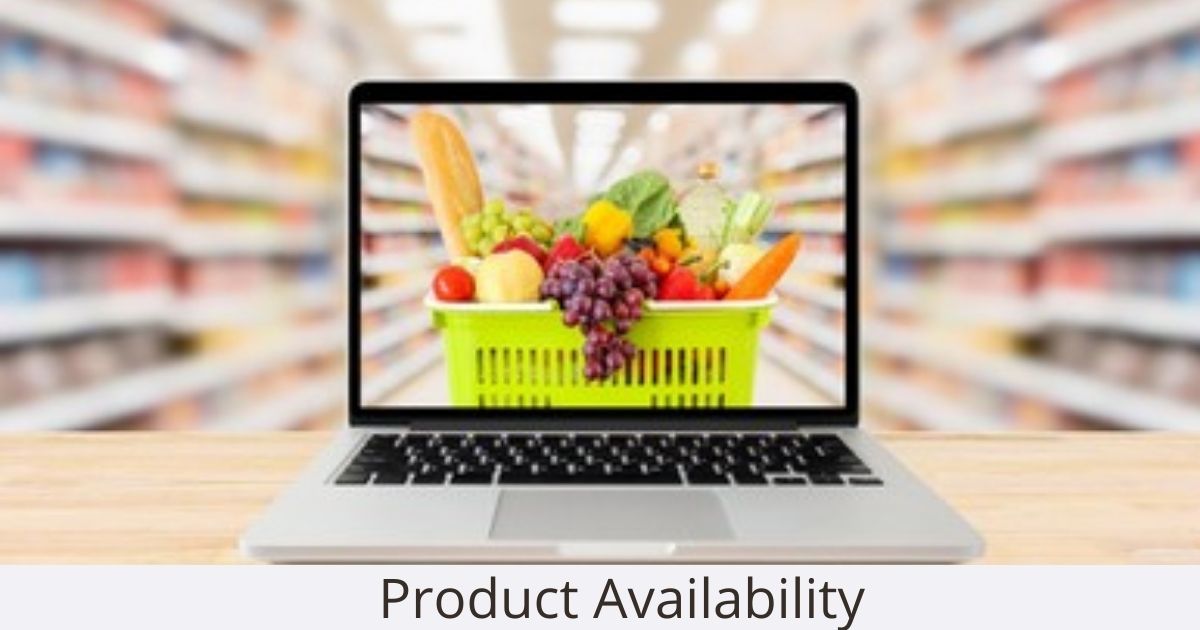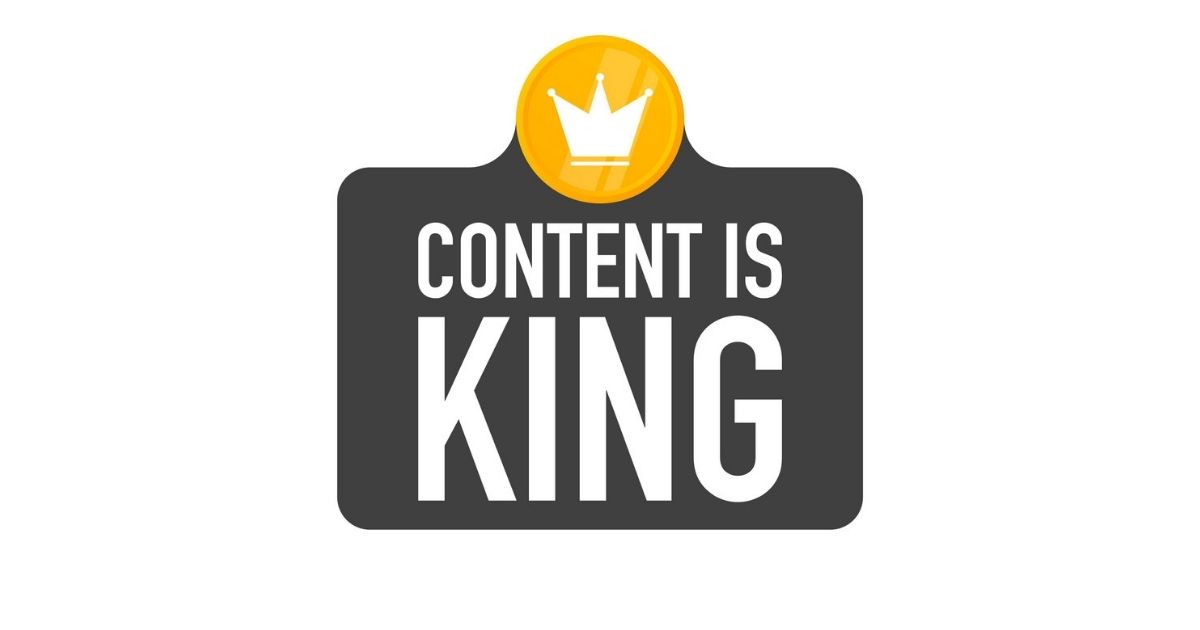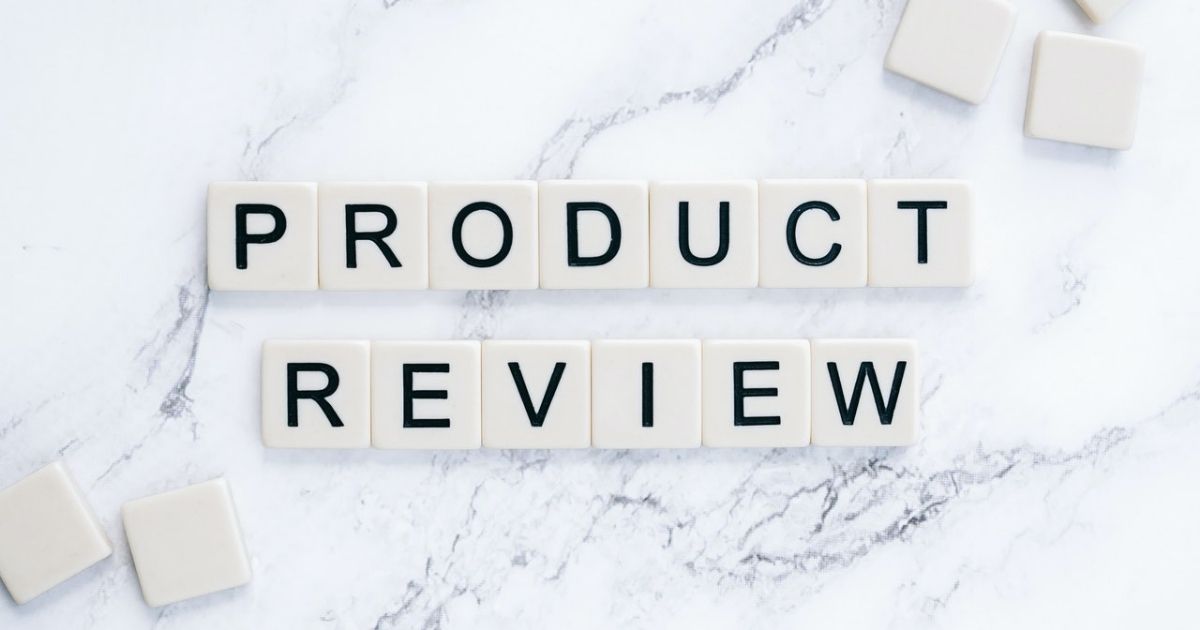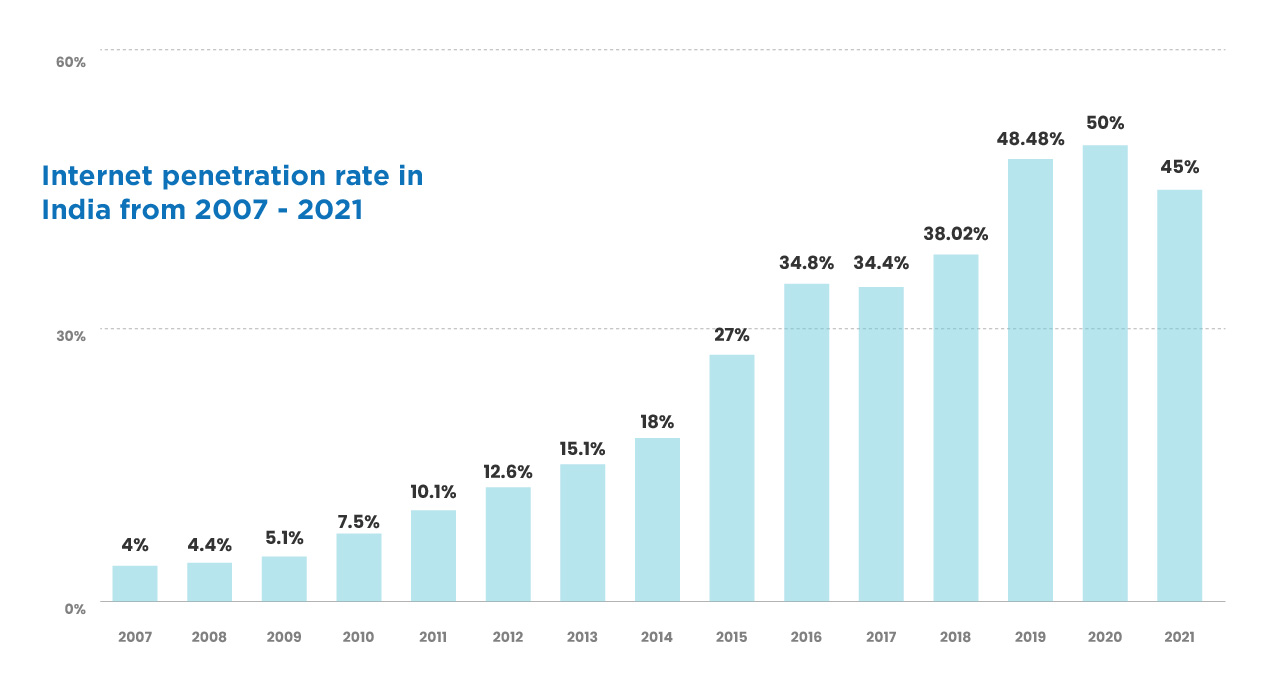It’s been a pivotal year for the CPG industry in India. Consumers were forced to stay at home due to the pandemic, leading to a surge in online CPG shopping, simultaneously increasing the expectation for safety and convenience.
Brands and retailers needed to adjust to this new reality to meet customer expectations that were very different from the pre-Covid era. They needed to make adjustments right from the way of marketing to product assortments, communication to customer interaction. Factors such as increased competition from e-commerce platforms, the emergence of homegrown brands, traditional players making the online shift all have transformed the CPG industry.

A survey conducted by Kantar showed the delta growth of top CPG brands in the last five years in India. As per the report, among the 428 brands, 55% of brands failed to grow their penetration.
“Some big brands like Lux and Lifebuoy feature in this list of brands that failed to grow – each of these brands still reached over half of India, but in 2016 they were much bigger. Size alone, therefore, does not guarantee success, but it helps.”
Going forward too, CPG sales will remain high as consumers are spending more time at home and brands must ensure they are doing everything possible to work on their strategies. Hence, CPG companies are turning to technology to increase their productivity and efficiency.
What Is Data Analytics?
In brief, data analytics refers to the process of drawing conclusions from any predetermined datasets. With CPG data analytics, it means any product-related or consumer behavior-related data that is relevant to the brand. However, data has long been ignored by CPG companies. Research by McKinsey shows that CPG scored below average when it comes to digitally mature industries globally. Only 40 percent of consumer-goods companies that have made digital and analytics investments are achieving returns above the cost of capital. The rest are stuck in “pilot purgatory,” eking out small wins but failing to make an enterprise-wide impact.”

It is important for any company that sells products to understand the structure and needs of the consumers. The goal is to know what products they should produce and what makes it profitable for them to produce it. This is where data comes in. The more data, the better it is, and it is important for companies to understand what to study to discover the trends in their consumers’ behavior. If they can identify trends and make predictions based on that data, then they will be better prepared to make changes that will improve the business.
Another banner trend and rightly so is using modern-day technologies such as AI & Machine Learning (ML) to spot hidden trends and opportunities. ML capabilities can help CPG companies identify anomalies that are not obvious to human intelligence so they can react accordingly.
Data Analytics Gives You An Edge Over Your Competitors
Big CPG companies such as PepsiCo, Unilever, and McDonald’s have been focusing on data for a long time. McDonald’s has been investing in data heavily since 2015 and also acquired analytics firm Dynamic Yield, an ML platform for retailers in 2019. Some of the data points that McDonald’s uses are historical sales data, customers’ past purchases, items in trend, and so on. For maximum efficiency, brands must focus on data across the board – from data related to sales and merchandising to price optimization, marketing, supply chain, and more.
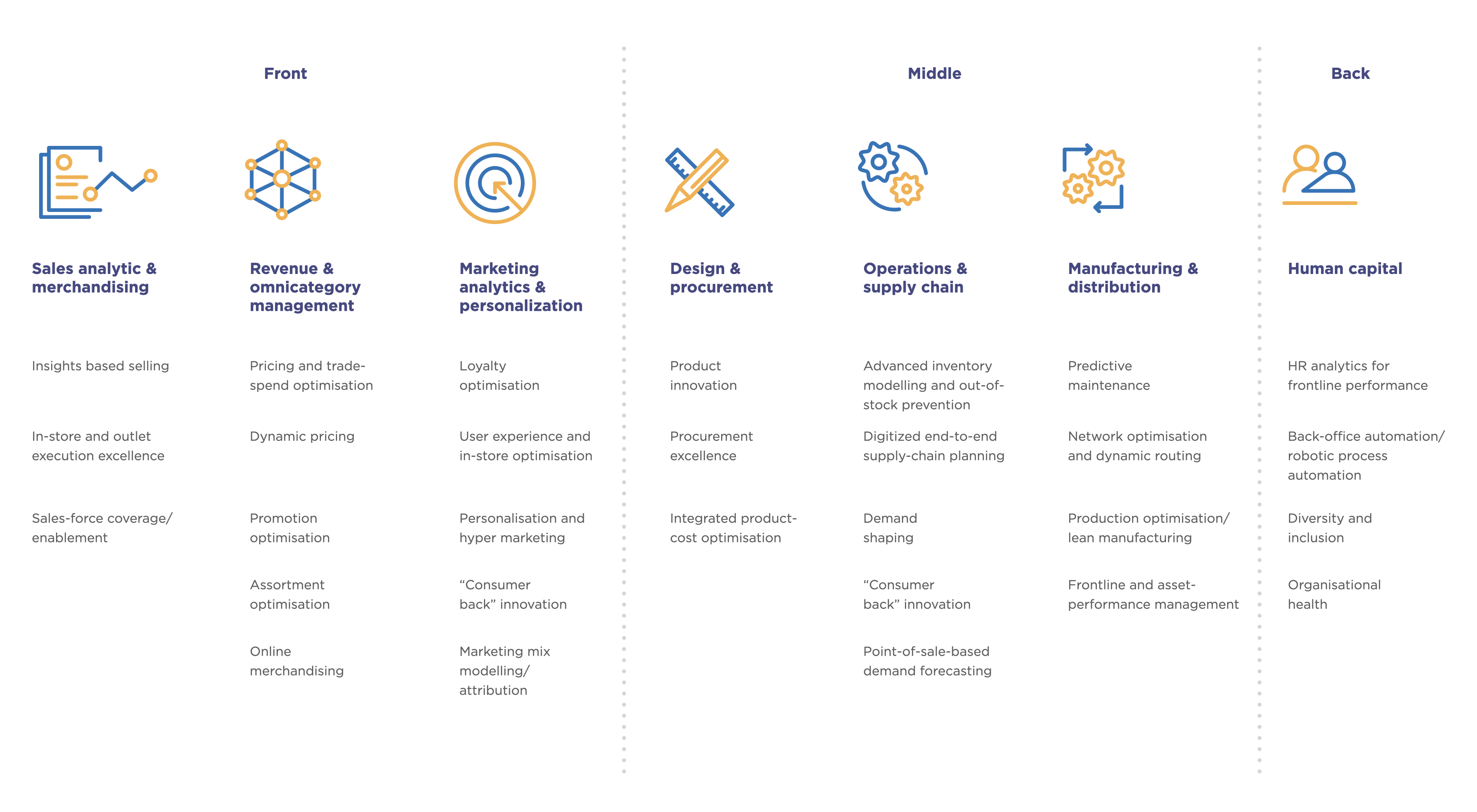
Some of the key data points for CPG companies to reconfigure their businesses are:
a. Sales Data And Trends
Sales data shows the units of a product (SKUs) that are sold across different locations or channels. This data gives a better idea of what decisions, activities, assortments lead to higher sales. While the companies often have a track of their offline sales, it is important that you combine both offline and online sales data, especially now that digital channels are turning out to be a make or break for a lot of CPG brands.
Instead of relying on traditional surveys or testimonies, brands must look to invest in tools that can present this highly complex data in a clear and communicative manner.
Getting sales data from your own website is the easy part, but if you want to know your online sales and market share on marketplaces like Amazon v/s your competitors, get in touch with our team to know more.
b. Competitive Analytics
Competitor analysis provides an opportunity to go deeper and evaluate who’s operating in your space, how they operate if there is a specific competitor you don’t know of, or even a potential competitive advantage you are not aware of.
This data also helps to focus on the root cause for positive and negative developments, and uncover relative market positions of main competitors. Depending on the product and goals, companies should gather data about their competitors’ pricing & promotional strategies, package design, sizes, product range, etc.
c. Market Basket Analytics
Popularly known as assortment optimization analytics, this is one of the most important data points, from a marketing perspective. This is based on the theory that customers who buy one item are more likely to buy another specific item.
For instance, if a customer is buying hot dogs they are typically more likely to buy buns. Grocery stores also pay attention to product placement and shelving, you will almost always find shampoos and conditioners together. Walmart’s infamous beer-and-diapers anecdote is also a classic example of Market Basket Analytics.
If you want insights into your product assortment, bestsellers, or insights into your competitor’s assortment and bestsellers, we can help!
d. Price And Promotional Analytics
CPG industry is a highly fragmented market and companies focus on pricing and promotions to boost their sales. More than often, promotion spends tend to be even bigger than advertising budgets. However, many companies struggle to get their pricing right and often find that promotions are actually counterproductive.
Creating optimized pricing and promotional strategies especially in a digital world can be a struggle. In a world where shoppers compare prices and deals, have thousands (if not lakhs) of options to choose from, pricing agility can be the key to competitive advantage. Top retailers and CPG companies rely on data and analytics to get their strategies right.

e. Customer analytics
Businesses can take full advantage of advanced analytics to map their customers’ shopping experience and make changes to their marketing strategies accordingly. Brands can create a personalized experience for their audience using information such as customer demographics, store and brand loyalty, purchase frequency, completed transactions, abandoned products, and carts, etc. This will help CPG manufacturers deliver superb customer experiences and design lean operations to meet their objectives of better understanding their consumers to enhance their experience, reduce costs, streamline the supply chain and enhance the relationships.
Conclusion
If used right these data points can create exponential profits and margins for CPG brands. It’s Important that businesses invest in big data and advanced analytics to focus on delivering impactful services to consumers. Businesses can use these data points to identify strengths, gaps, and opportunities.
For short-term goals, CPG data helps by providing an accurate and clear picture of the ongoing operations across the entire business. As a long-term plan, measuring, evaluating, and tracking this data can empower your business to make better decisions and allocate your resources better. CPG data analytics affects the entire supply chain processes and solutions and can boost sales, ROI, and YoY growth if used tactfully.DataWeave’s AI-Powered analytics solutions give CPG brands the data they need to improve customer experience and drive e-commerce sales. Sign up for a demo with our team to know more.

